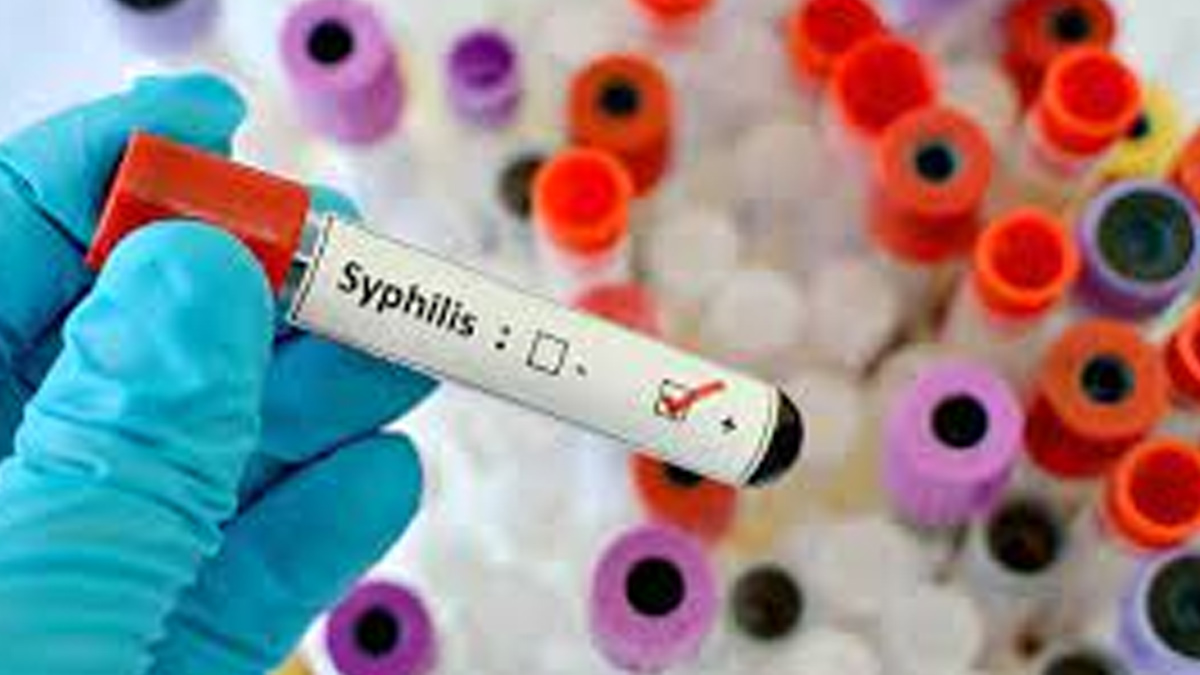
In recent years, the resurgence of syphilis in the United States has become a significant public health concern. Once nearly eradicated, syphilis cases have reached alarming levels, with the number of reported cases in 2022 surpassing those seen since the 1950s. The dramatic increase has raised red flags among health professionals and prompted urgent calls for improved testing and treatment strategies. This article delves into the reasons behind this resurgence and highlights the symptoms to be aware of to ensure timely intervention.
Table of Content:-
The Surge in Syphilis Cases
In 2022, the Centers for Disease Control and Prevention (CDC) reported over 200,000 cases of syphilis, marking the highest incidence since the 1950s. This resurgence is particularly troubling given the disease's preventability with early detection and treatment. Congenital syphilis, which affects newborns and is passed from mother to child, has also seen a tenfold increase over the past decade, despite being 90% preventable with proper prenatal care.
Experts attribute this rise to several factors, including underfunded public health programs and a general decline in syphilis awareness among both healthcare providers and the public. The pandemic further exacerbated the issue as resources were diverted to combat COVID-19, leaving STI prevention programs under-resourced and less effective.

The Role of Diagnosis and Awareness
One of the significant challenges in combating syphilis is its varied presentation. Often referred to as "the great imitator," syphilis can mimic other conditions, making it difficult to diagnose. Many individuals remain asymptomatic or show symptoms that can be mistaken for other illnesses, leading to delayed or missed diagnoses. Experts note that many healthcare providers, particularly those who trained in recent years, may not be familiar with syphilis or its symptoms. This lack of familiarity can lead to inadequate testing and missed opportunities for early intervention.
Innovative Strategies to Combat Syphilis
To address the syphilis surge, public health departments are employing creative and sometimes unconventional strategies. For instance, in Toledo, Ohio, a targeted awareness campaign aimed at people who pay for sex resulted in a 50% increase in testing appointments and a 12% decrease in syphilis cases. The campaign's bold messaging, including billboards with statements like "Paying for Sex? Get Tested!" and "Syphilis is Serious," successfully raised awareness and prompted more individuals to seek testing.
Also Read: Delhi Govt Vaccinates Over 50,000 Adults With BCG In Ongoing Trial To Combat Tuberculosis
These strategies are part of a broader effort to enhance public awareness and encourage early testing. The key to reversing the syphilis trend lies in increasing accessibility to testing and ensuring that both healthcare providers and the public are informed about the disease and its prevention.
Understanding Syphilis: Symptoms and Stages
As per Dr Arun Goyala, Consultant and General Physician at Ivory Hospital, Greater Noida, syphilis is caused by the bacterium Treponema pallidum and typically spreads through sexual contact. It can also be transmitted from an infected mother to her baby during pregnancy or childbirth. Syphilis progresses through several stages, each with distinct symptoms:
Primary Syphilis
The initial stage of syphilis is characterized by the appearance of a painless sore called a chancre. This sore usually appears at the site of infection, such as the genitals, rectum, or mouth. It typically develops about three weeks after exposure to the bacteria and can be unnoticed due to its painless nature. The chancre heals on its own within 3 to 6 weeks, but the infection persists if untreated.
Secondary Syphilis
If left untreated, syphilis progresses to the secondary stage, which is marked by a rash that often appears on the trunk and can spread to the limbs, palms, and soles of the feet. Other symptoms may include wart-like sores, hair loss, muscle aches, fever, sore throat, fatigue, weight loss, and swollen lymph nodes. These symptoms can resolve without treatment but may recur over time.
Also Read: Congo Receives Its First Mpox Vaccine Shipment To Combat Outbreak
Latent Syphilis
During the latent stage, syphilis remains in the body without causing symptoms. This stage can last for years, and while symptoms may not be present, the infection can still cause serious health problems if left untreated.
Tertiary Syphilis
The tertiary stage, also known as late syphilis, can occur years after the initial infection. It can lead to severe complications affecting the brain, nerves, heart, blood vessels, liver, and bones. This stage can result in life-threatening health issues and significant damage to various organs.
Congenital Syphilis
Pregnant women with syphilis can pass the infection to their babies, leading to congenital syphilis. Newborns may present with symptoms such as skin rashes, fever, jaundice, anaemia, and swollen organs. Without prompt treatment, congenital syphilis can lead to serious health problems or even death.
Bottomline
The resurgence of syphilis in the United States is a critical public health issue that demands increased attention and action. By understanding the symptoms and stages of syphilis, as well as the importance of early detection and treatment, individuals and healthcare providers can play a vital role in controlling and preventing the spread of this once-dominant disease. Enhanced public awareness campaigns and improved testing protocols are essential steps in reversing the current trend and ensuring that syphilis does not continue to surge.
Also watch this video
How we keep this article up to date:
We work with experts and keep a close eye on the latest in health and wellness. Whenever there is a new research or helpful information, we update our articles with accurate and useful advice.
Current Version
